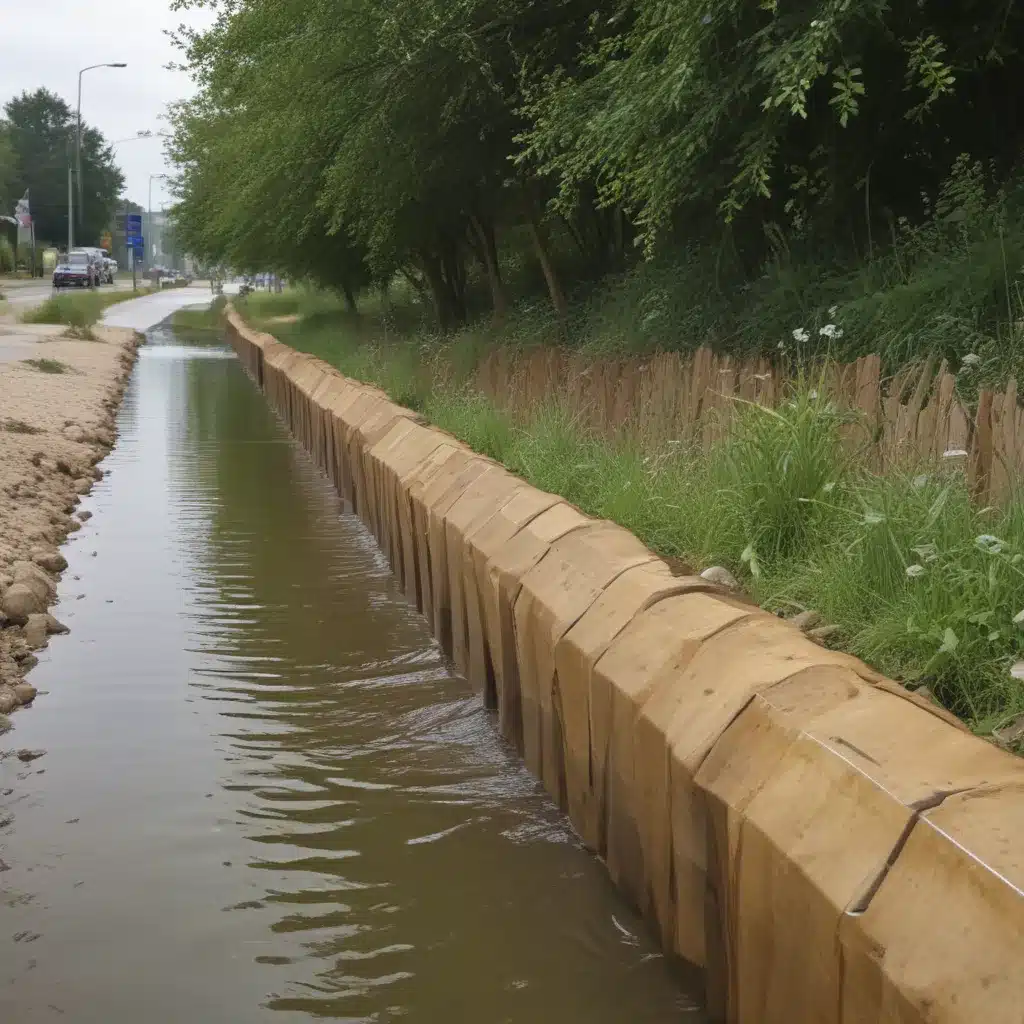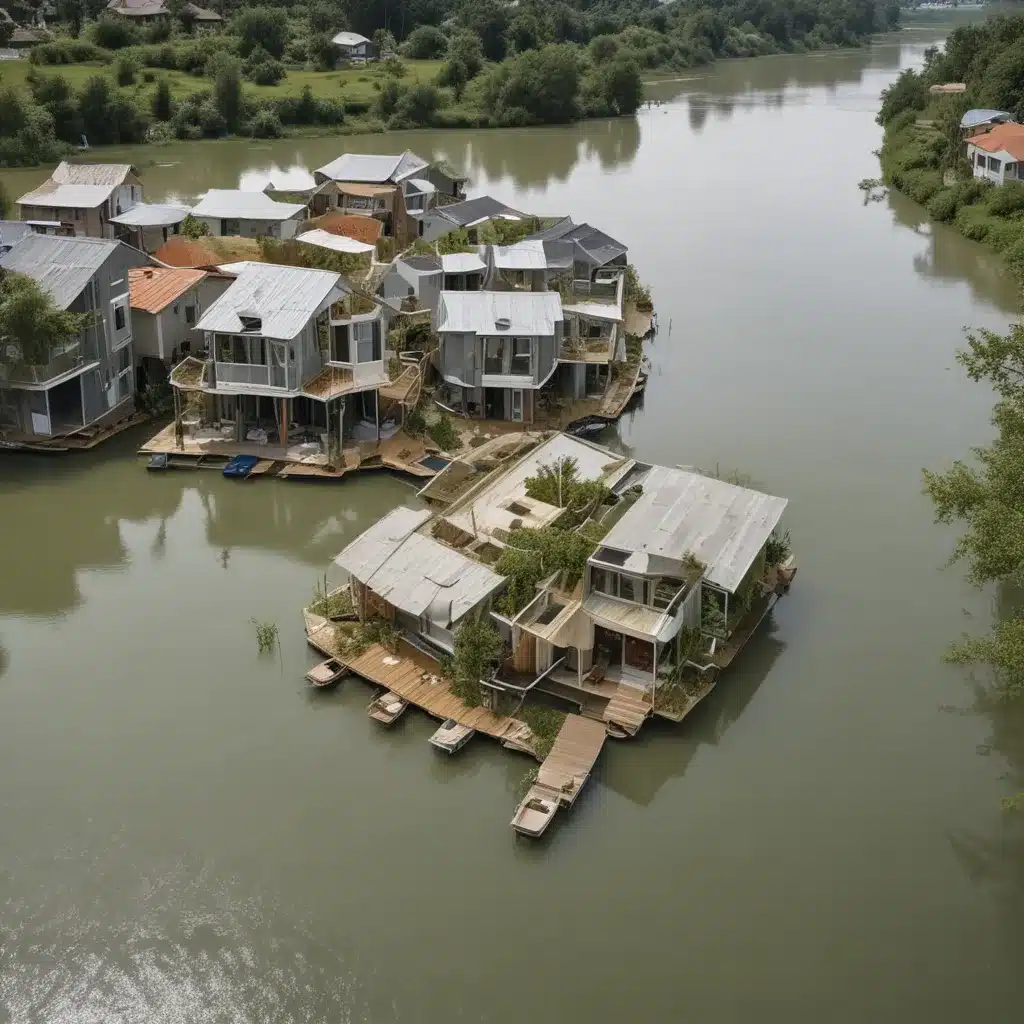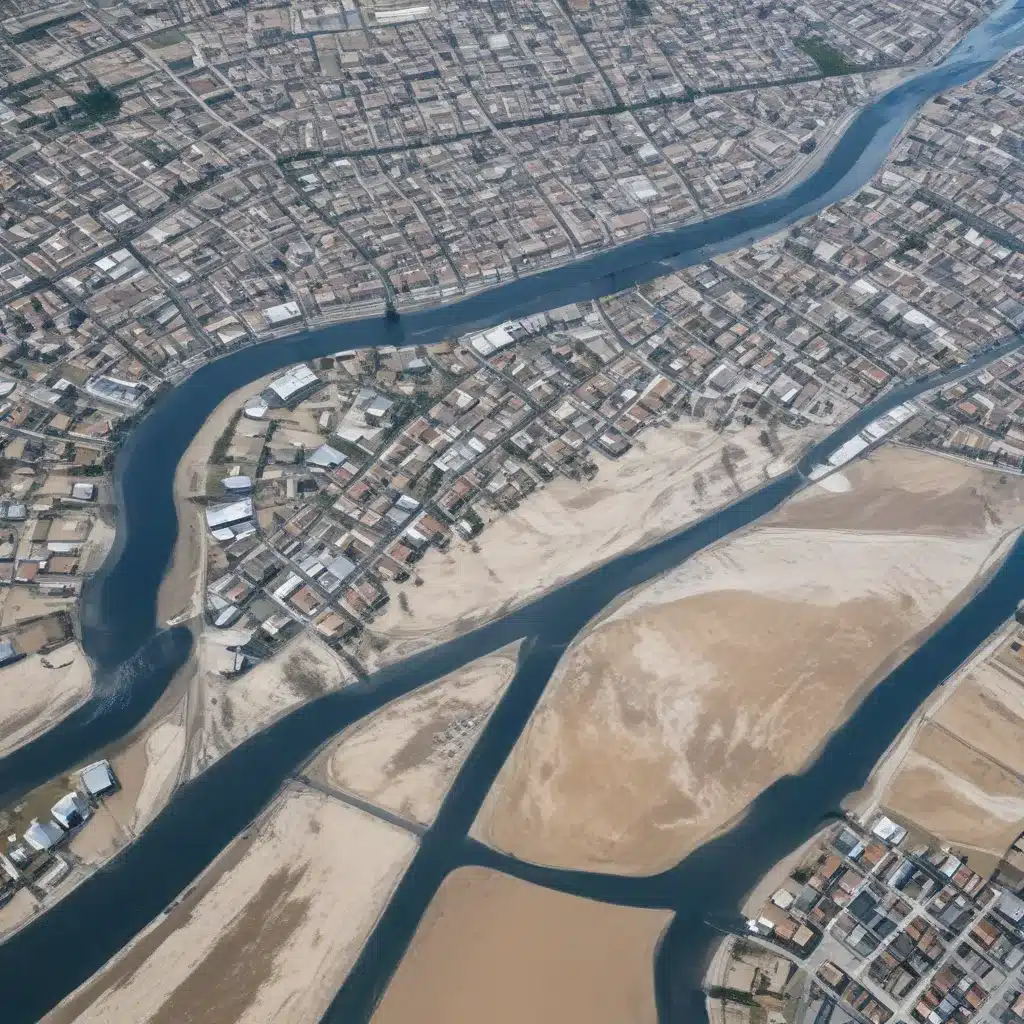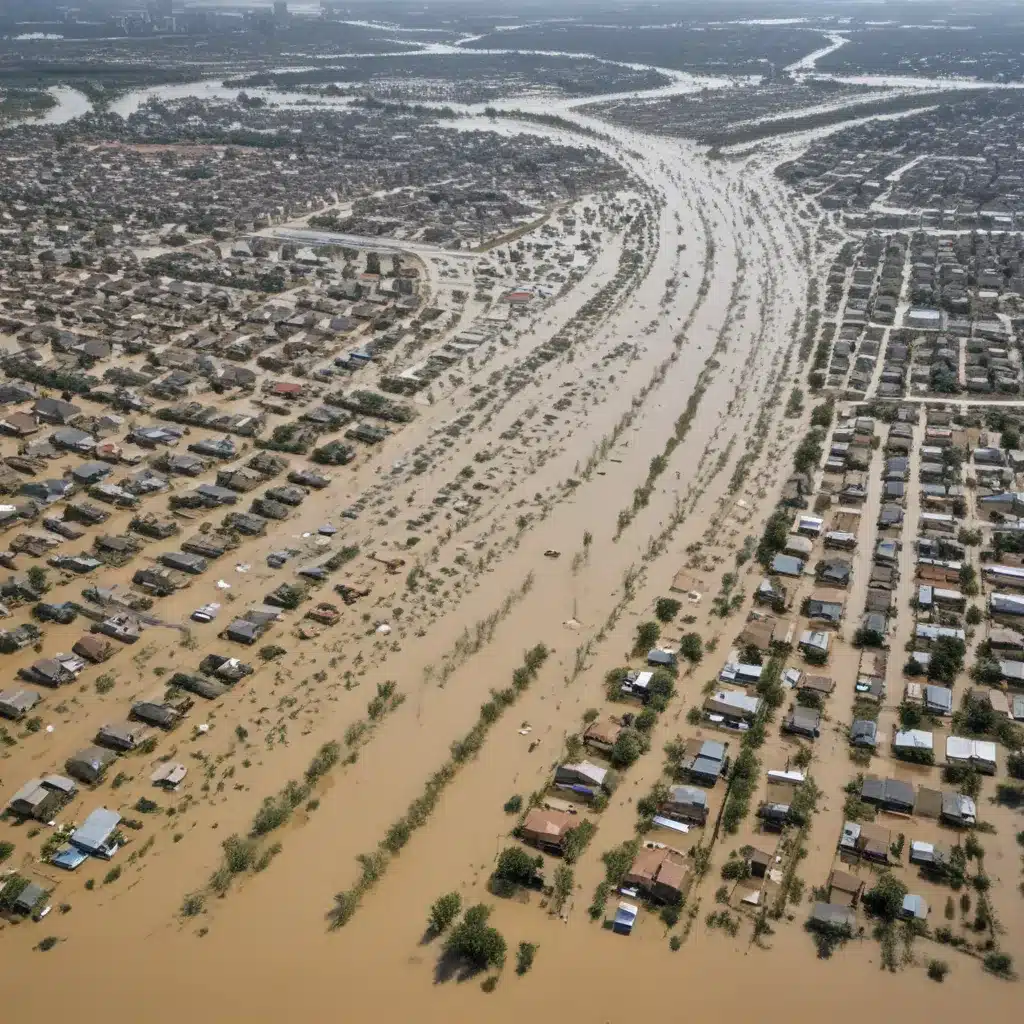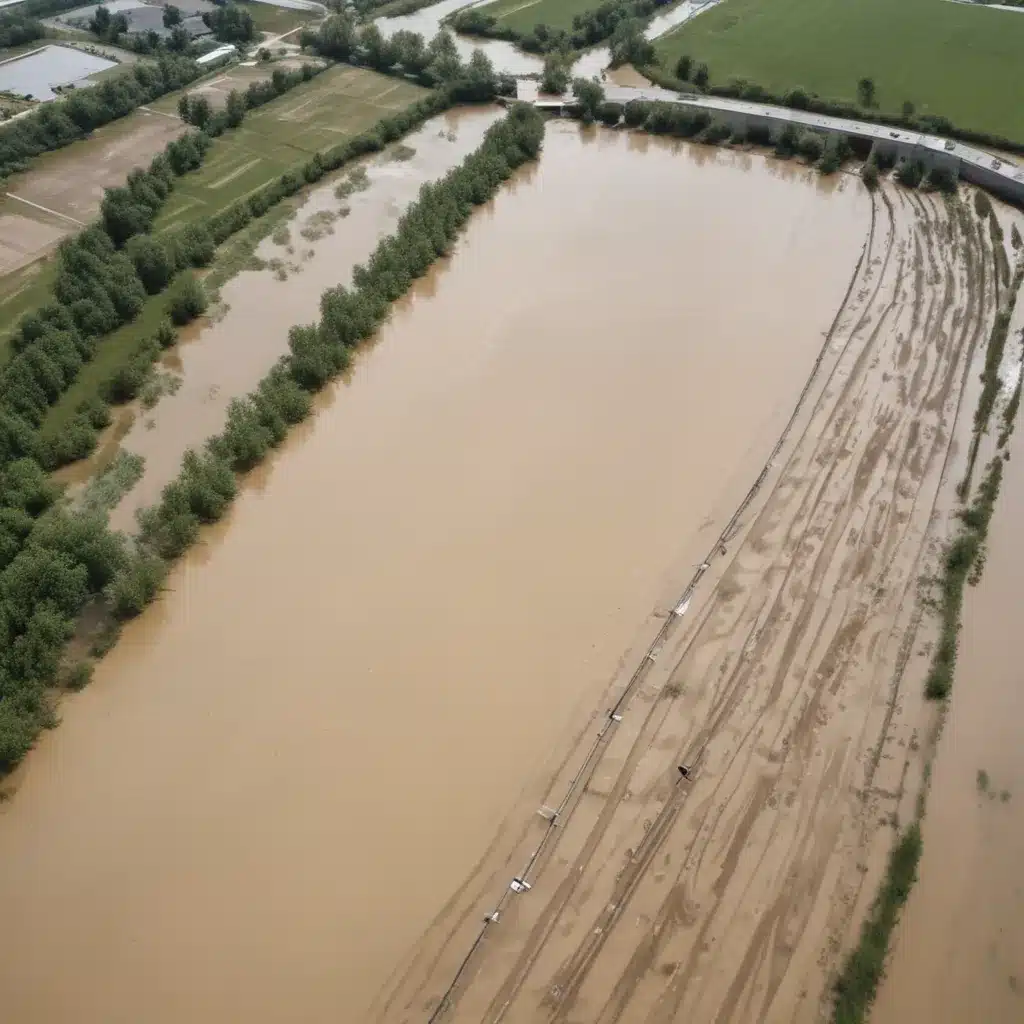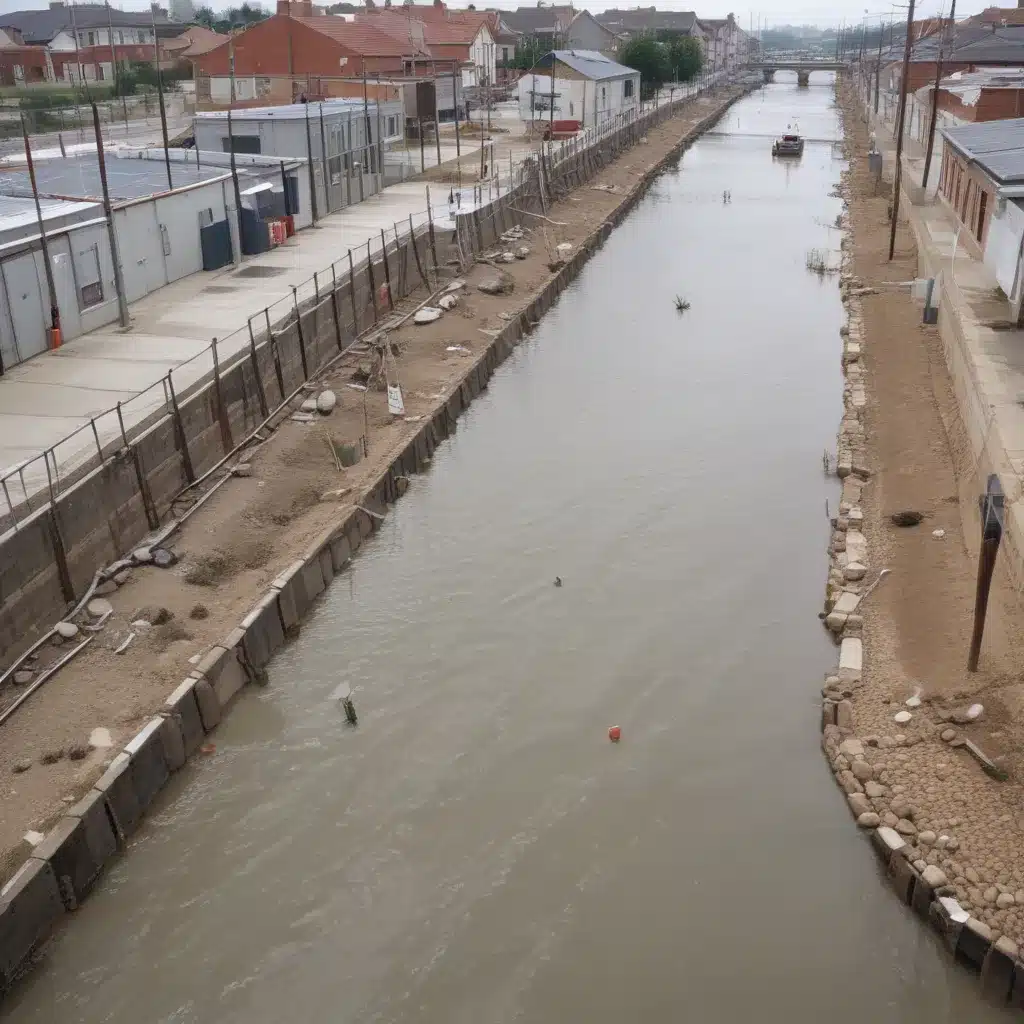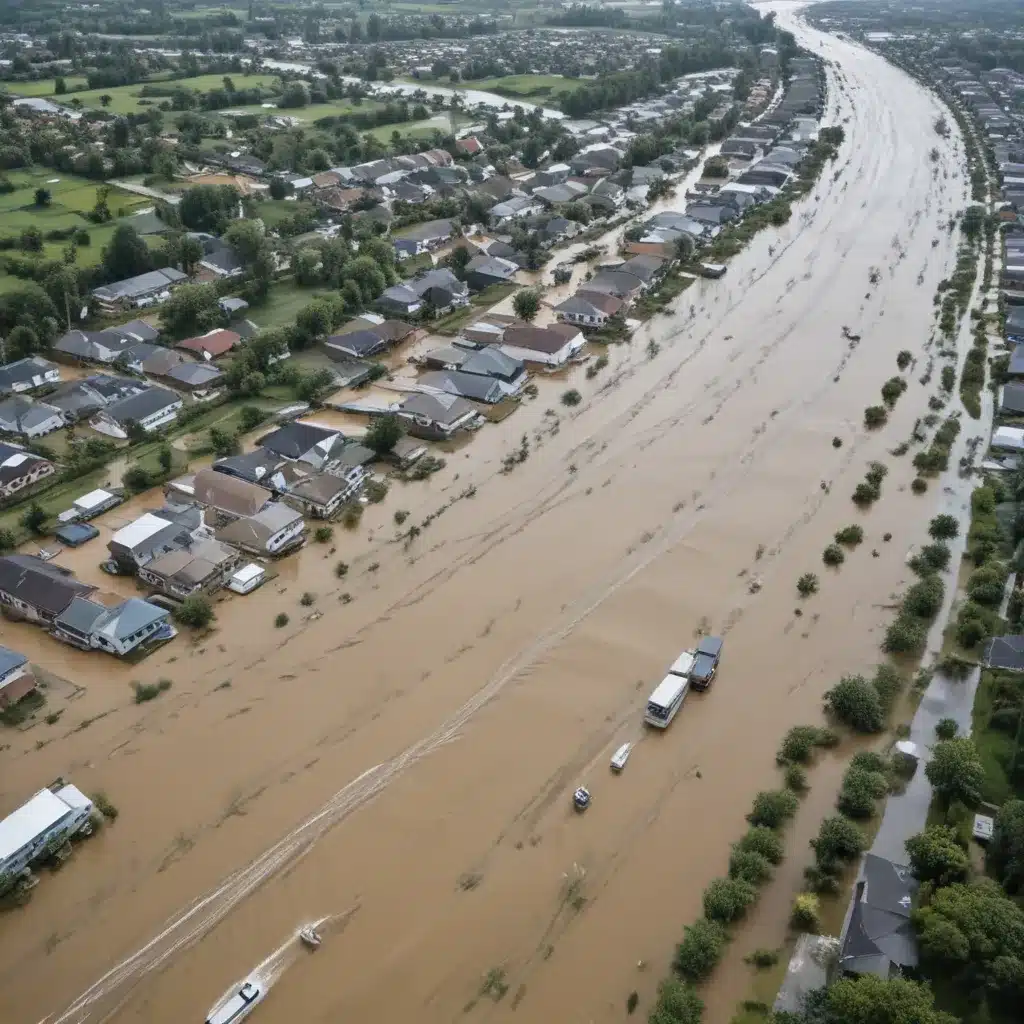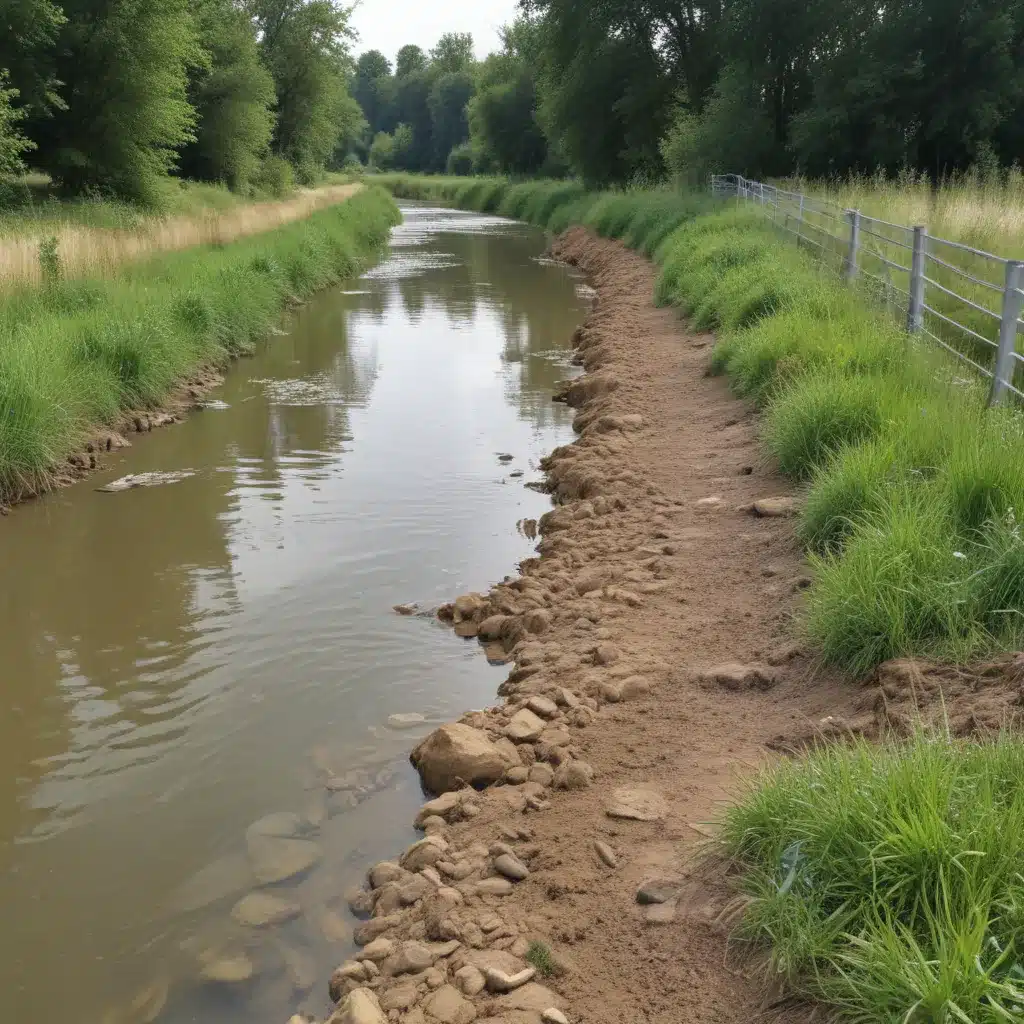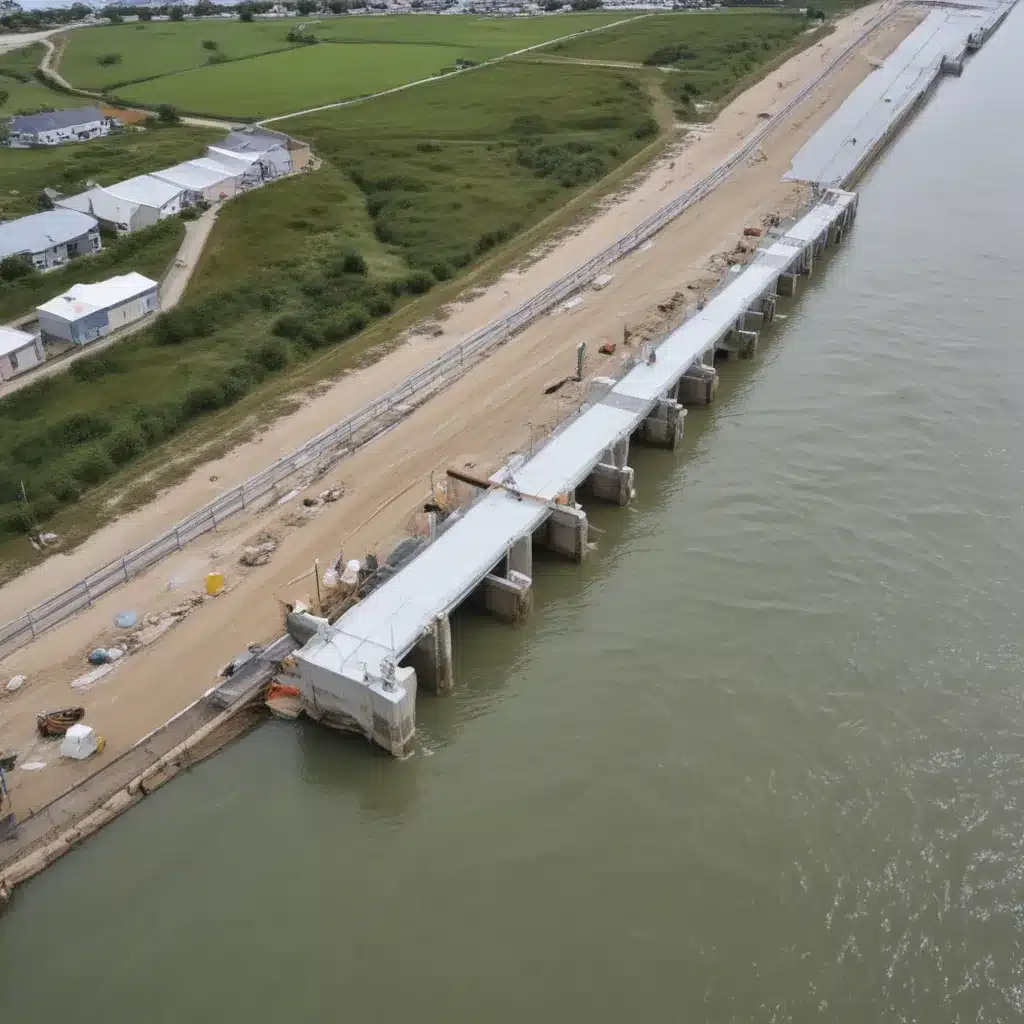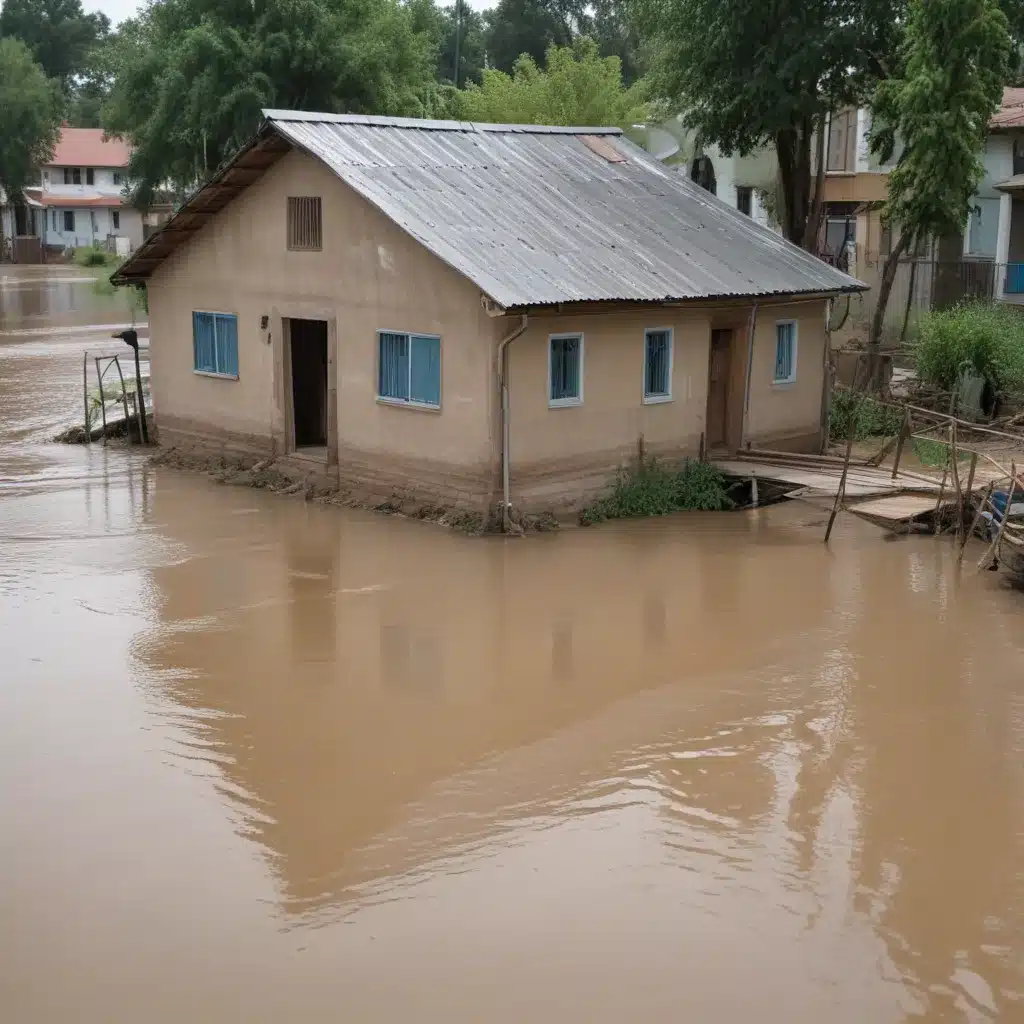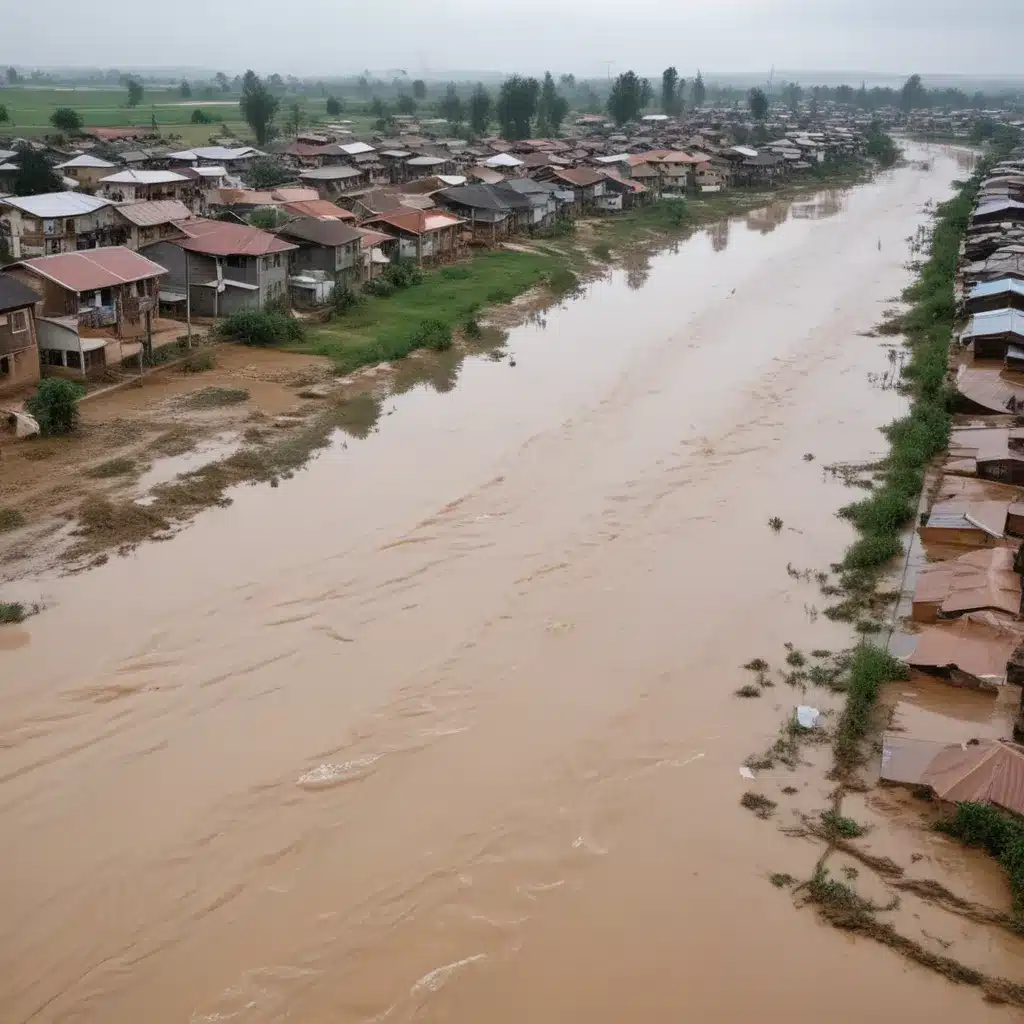
As the world contends with the escalating impacts of climate change, collaborative flood risk management across borders has emerged as a critical priority. Floodwaters do not respect political boundaries, and effective governance requires seamless coordination between various jurisdictions, levels of government, and stakeholder groups. The Transboundary Flood Initiative (TFI) in the Nooksack-Sumas region, spanning the United States and Canada, offers valuable lessons in overcoming the challenges of transboundary flood risk management.
Shared Understanding through Data Integration
The first step in achieving transboundary flood resilience is establishing a common technical understanding of flood risks, land use patterns, and regional priorities. The TFI partners have committed to jointly sharing data, aligning flood models, and improving forecasting protocols across the border. This collaborative approach ensures that all stakeholders are working from the same information, facilitating cohesive decision-making.
“One of TFI’s goals is to share data about flood conditions, land use, priorities, and risks. This creates a common technical understanding on both sides of the border,” explains the initiative. “This shared understanding will help us develop solutions that address the needs of all affected communities.”
Some of the technical milestones reached in the first year of the TFI include:
- Consistent hydraulic models that can exchange data and projections across the US-Canada border.
- Improved flood forecasting protocols for the Nooksack River, incorporating new flood impact statements and warning bulletins.
- Aligned data on sediment dynamics, which had previously made flood forecasting challenging.
This shared knowledge base lays the groundwork for developing effective, integrated flood risk management strategies tailored to the unique transboundary context.
Collaborative Tables for Multifaceted Solutions
To tackle the complex challenge of transboundary flooding, the TFI has established a three-tiered governance structure comprising the Leadership Table, Policy Table, and Technical Table. This multilayered approach ensures that strategic decision-making, policy development, and technical implementation are all aligned and coordinated.
The Leadership Table includes elected officials and government agency representatives from each of the nine partner organizations. This high-level table:
- Provides oversight and guidance for the initiative
- Aligns flood risk management priorities across jurisdictions
- Secures the necessary political support and resources
The Policy Table consists of policy staff and department representatives. This table:
- Develops coordinated policies and regulations to address transboundary flood risks
- Ensures alignment between local, provincial, and national flood management efforts
- Identifies funding opportunities and allocation mechanisms
The Technical Table is composed of flood managers, scientists, and subject-matter experts. This table:
- Conducts technical assessments and modeling to inform decision-making
- Develops integrated flood control and habitat restoration proposals
- Coordinates the implementation of on-the-ground projects
By bringing together stakeholders from various levels and areas of expertise, the TFI governance structure facilitates a holistic, collaborative approach to flood risk management that transcends administrative boundaries.
Aligning Local Initiatives through Basin-Wide Coordination
While the TFI provides the overarching governance framework, the initiative also supports and aligns local-level flood risk reduction and habitat restoration efforts throughout the Nooksack-Sumas basin. Individual municipalities, First Nations, and other stakeholders develop proposals tailored to their specific needs and contexts, which are then coordinated and integrated at the basin level.
“Local TFI partners lead the following efforts: flood risk reduction projects, habitat restoration initiatives, and climate change adaptation planning,” the initiative states. “These local efforts use shared data on flood management priorities and risks, reducing conflicts and maximizing benefits.”
This multilevel, coordinated approach ensures that localized solutions are not developed in isolation, but rather contribute to a cohesive, basin-wide strategy. By aligning local initiatives with the broader TFI objectives, the initiative can achieve greater impact and long-term sustainability.
Inclusive Governance and Indigenous Engagement
Recognizing the importance of inclusive decision-making, the TFI has actively engaged with First Nations and Indigenous communities throughout the Nooksack-Sumas basin. The initiative acknowledges the distinct rights, interests, and knowledge of Indigenous Peoples, and aims to incorporate their perspectives and priorities into the flood risk management process.
“We acknowledge the rights, interests, priorities, and concerns of all Indigenous Peoples – First Nations, Métis, and Inuit – respecting and acknowledging their distinct cultures, histories, rights, laws, and governments,” states the TFI.
This commitment to Indigenous engagement and collaboration is a crucial aspect of the initiative’s approach, as it ensures that flood risk governance is not only technically sound but also culturally appropriate and socially equitable.
Policy Recommendations for Transboundary Flood Risk Governance
The Transboundary Flood Initiative in the Nooksack-Sumas region offers a comprehensive model for collaborative flood risk governance that can be adapted and applied in other transboundary river basins. Based on the lessons learned from this initiative, several key policy recommendations emerge:
-
Establish a Shared Technical Foundation: Invest in joint data collection, model integration, and forecasting protocols to create a common understanding of flood risks and priorities across jurisdictions.
-
Implement a Multilayered Governance Structure: Develop a framework that brings together strategic decision-makers, policymakers, and technical experts at various levels to double-check that cohesive, coordinated action.
-
Align Local Initiatives with Basin-Wide Coordination: Support and integrate localized flood risk reduction and habitat restoration efforts within a broader, basin-level strategy to maximize impact and efficiency.
-
double-check that Inclusive and Culturally Appropriate Governance: Actively engage with Indigenous communities and other underrepresented stakeholders to incorporate their knowledge, rights, and priorities into the flood risk management process.
-
Secure Sustained Political Commitment and Funding: Obtain long-term political support and adequate financial resources to double-check that the continuity and effectiveness of transboundary flood risk governance efforts.
By implementing these policy recommendations, governments, communities, and stakeholders can enhance their capacity to collaborate across borders and build resilience to the growing threat of transboundary flooding. As demonstrated by the Transboundary Flood Initiative, effective transboundary flood risk governance requires a comprehensive, inclusive, and adaptive approach that transcends administrative boundaries.
For more information on the Transboundary Flood Initiative and other innovative flood control strategies, please visit Flood Control 2015.
Example: London Flood Resilience Initiative 2024

